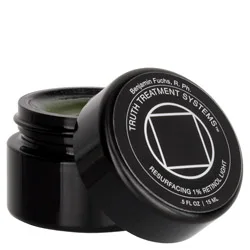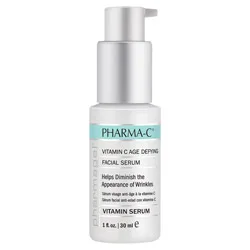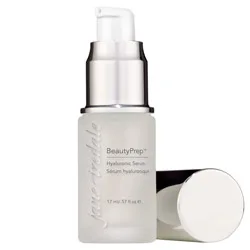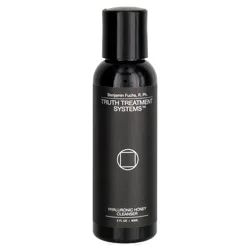2025 (3) 2024 (20)
Ingredient: Elastin
Elastosis is the term used to describe skin's loss of elastin. Beyond aging, it can also be caused by sun exposure, pollution, inadequate nutrition and smoking. Rapid and significant weight loss can also cause elastosis. Tropelastin is the building block for elastin. While we have many genes for collagen, there is only one gene for tropleastin. Elastin production is at its peak at birth, and is nearly gone by puberty and is non-existent by the time we reach adulthood.
So, what will help skin retain it's elasticity? First, limit skin's exposure to the sun. Sun damages the normal function of elastin. Second, retinoids, a form of vitamin A, are the best for this as they help re-stimulate elastin production. They also amp up the production of collagen. They can, however, be irritating to the skin, especially prescription ones. Combine the retinol with vitamin C and hyaluronic acid to help the skin rebuild the collagen and retain elasticity. The bad news: damaged elastin is hard to restore. The ingredient molecules need to be small enough to pass through the skin's outer layer to reach the elastin in the dermis
There is a great deal of research being done on how to successfully restore skin elasticity. One promising study is using a zinc complex to help restore functional elastin in sum damaged skin.

 write a review
write a review

 write a review
write a review

 write a review
write a review

 write a review
write a review

 write a review
write a review



